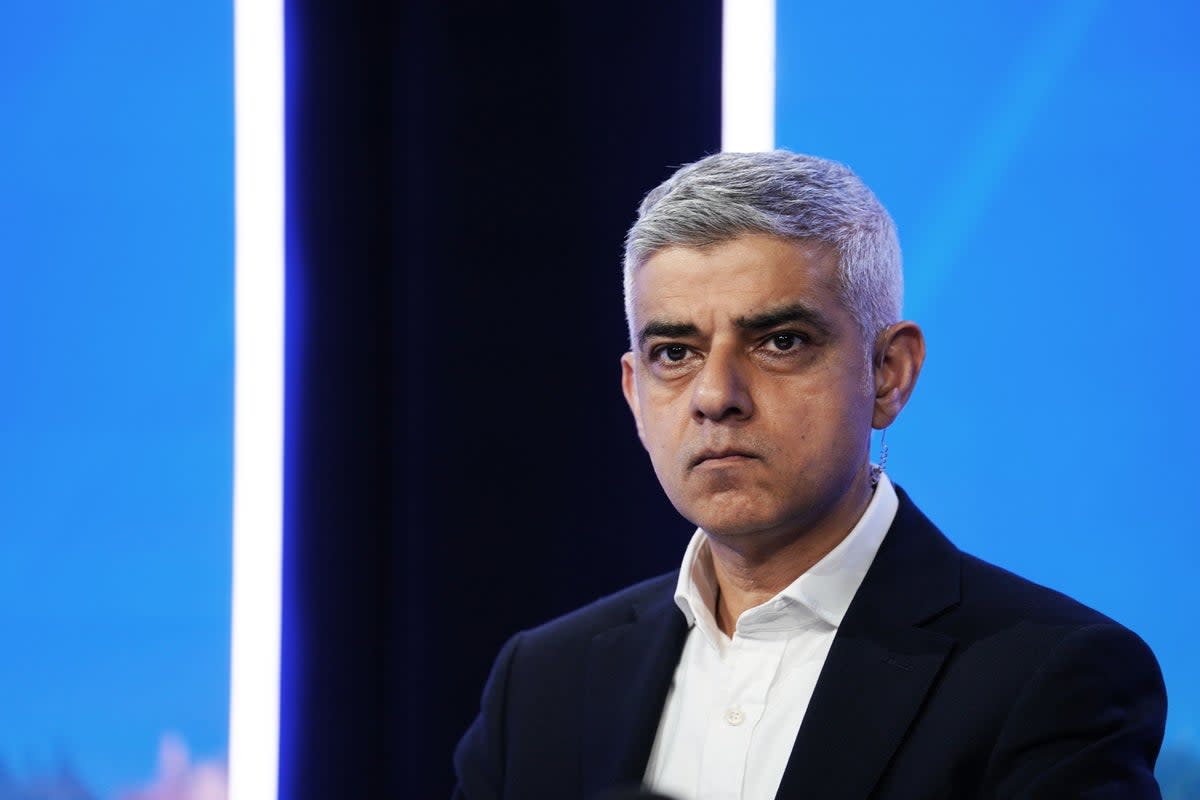These charts show how life in London has changed under Sadiq Khan

Voters in London are heading to the polls this week as Sadiq Khan seeks an historic third term as the city’s mayor.
But how have things changed since Khan was first elected in 2016? Here’s a look at some of the key statistics across three areas.
1. Crime
As with the rest of England, overall reported rates of crime fell sharply following the first coronavirus lockdown in 2020. But since that time, crime rates in London have risen slower than across England as a whole.
However, in some crime types such as theft, shoplifting and criminal damage, London rates have risen more sharply compared to pre-pandemic levels than the average in England.
In other areas like robbery and homicide, crime rates in England rose significantly faster, compared to pre-pandemic levels, than in London.
2. Transport
Sadiq Khan has had a mixed record on transport in recent years.
Cyclists have benefitted from a huge rise in the cycle lane provision, with roughly four times the number of cycle routes in the capital compared to 2016. That appears to have encouraged more Londoners to get on their bikes, with cycling accounting for a growing share of journeys.
But it’s not clear that safety for cyclists has improved significantly. After a pandemic lull, the number of people killed or seriously injured on or by a London bus is up 6% compared to 2016 levels, while total road casualties are up 4%.
Tube and bus users have not seen a marked increase in service quality in recent years. The average speed of a London bus has fallen since 2020, while according to TfL data, average tube journeys have become several minutes slower since 2021. TfL said this was 'due to problems with trains on the Central and Jubilee lines'.
Notwithstanding the introduction of ULEZ, it’s also been a more difficult period for motorists, with the average commute time up by two minutes in two years, according to data from TomTom, who claim that London is now the world’s slowest city for road transport.
3. Cost of living
Londoners have seen substantial wage growth over the past five years, with median incomes rising slightly faster in absolute terms than the rest of England -- though much of these rises have been absorbed by abnormally-high inflation.
Among the biggest cost of living pressures in the capital has come from steep rises in rental costs, with the average two-bed flat now costing around £1,650 per month - double the average in England.
After adjusting for rising rents, many Londoners are likely to have experienced slower wage growth than the average in England.

 Yahoo News
Yahoo News 
